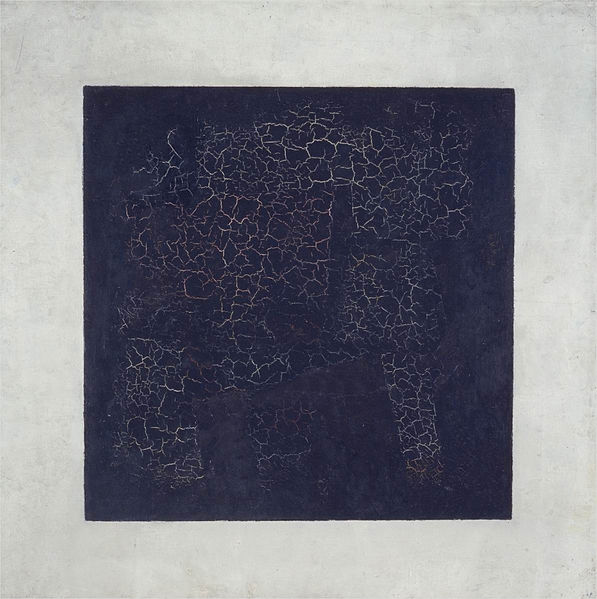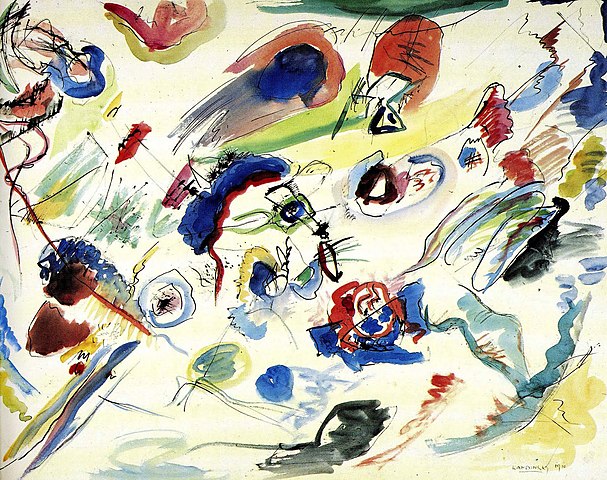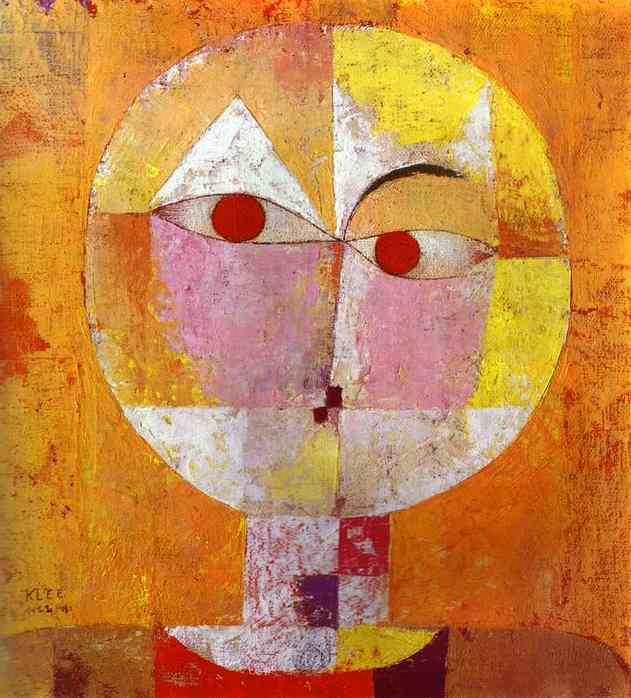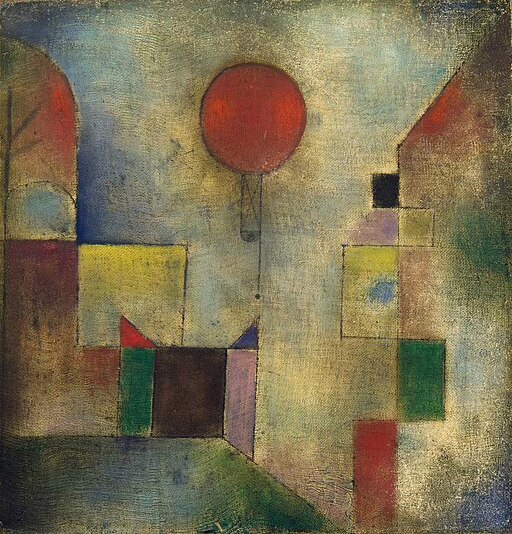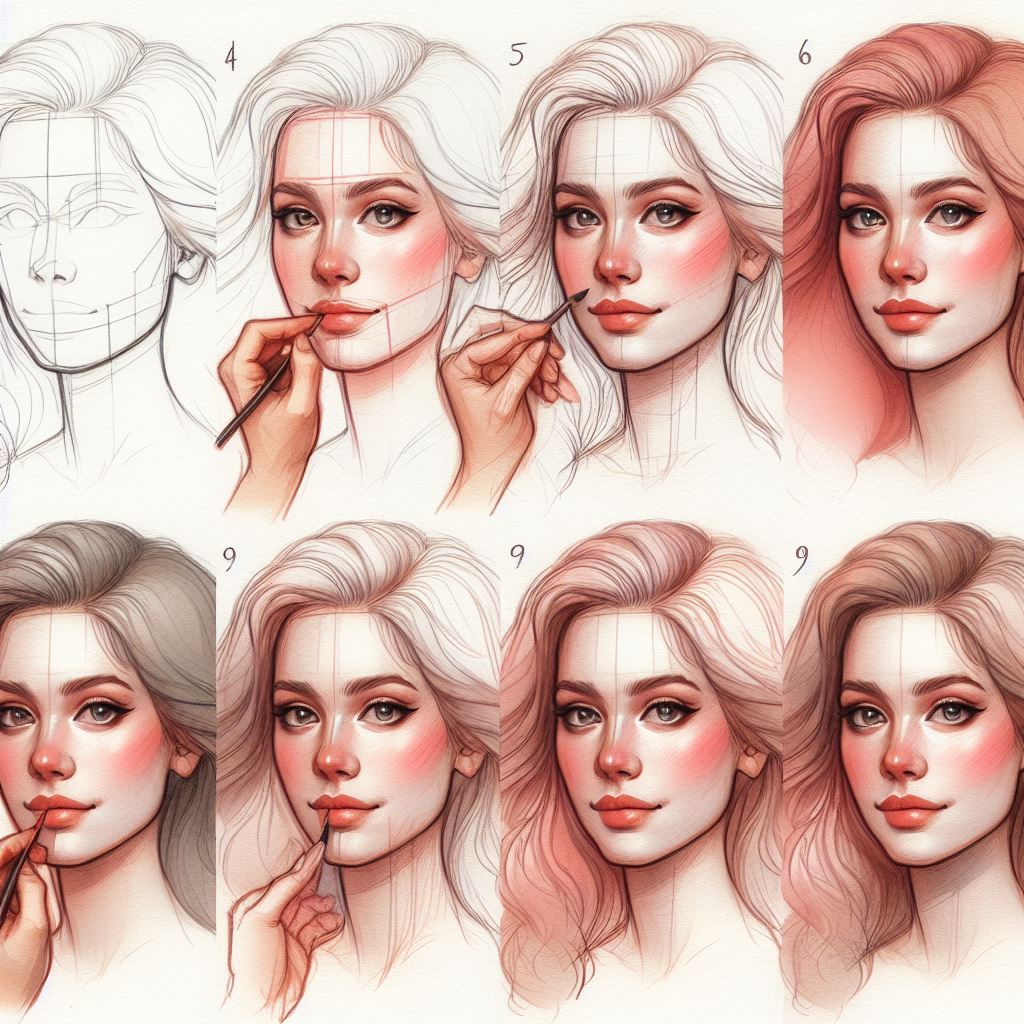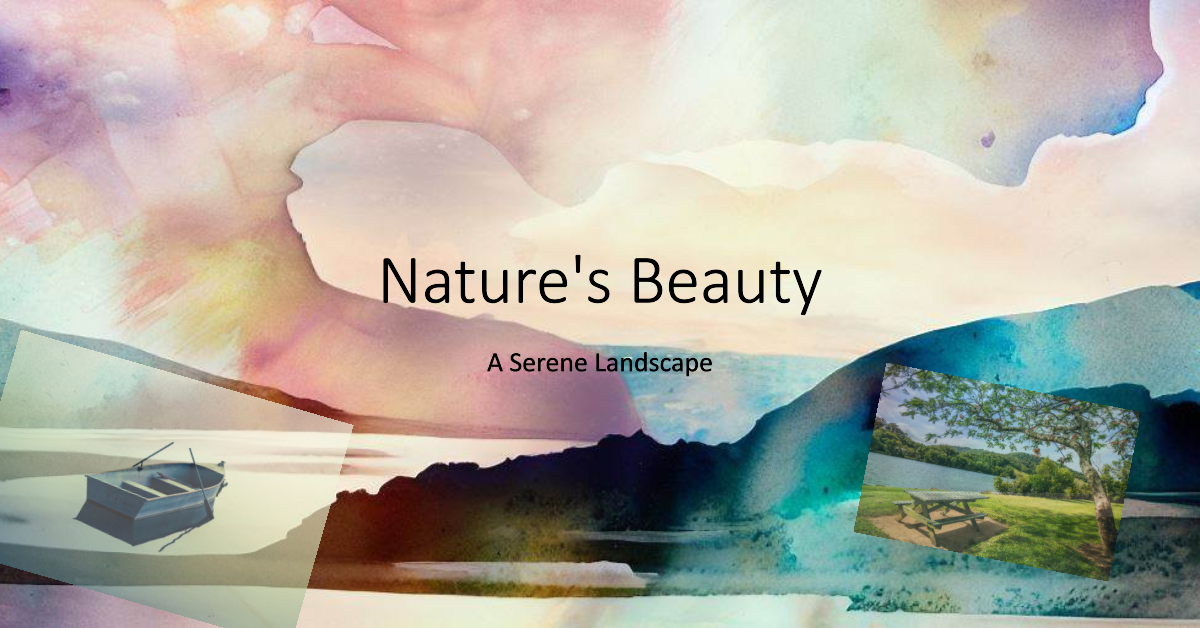Abstract watercolor paintings are a fantastic way to express your creativity and individuality. They can be as simple or complex as you want, with no rules dictating their appearance. If you’re new to abstract watercolor painting or looking to improve your skills, here’s an extended guide with additional tips and techniques to help you create stunning abstract watercolor paintings.
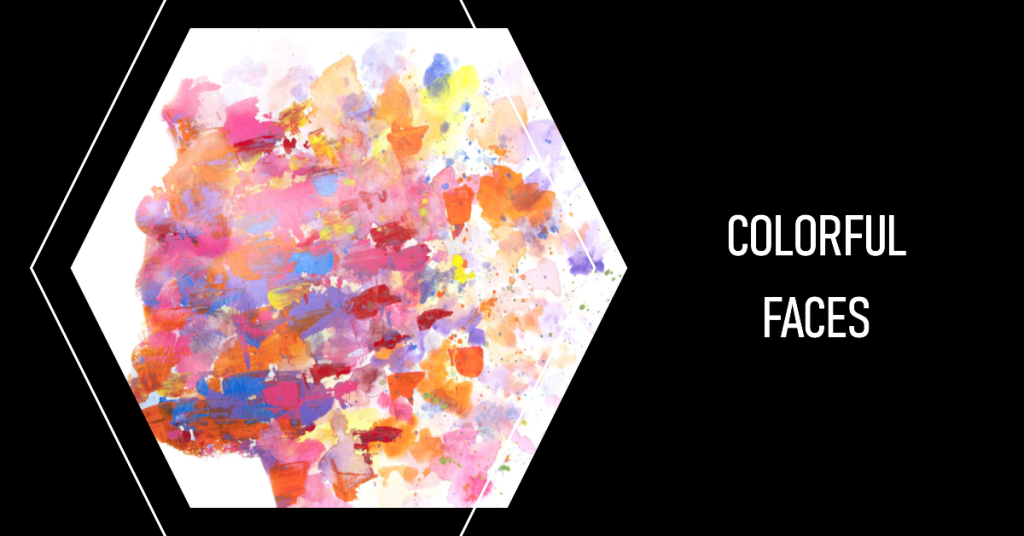
Top 10 Tips to Create Abstract Watercolor Paintings
1. Start with a blank canvas
Starting with a clean slate is crucial when creating an abstract painting. This allows you to avoid getting bogged down in details and focus on the overall composition of your painting.
2. Choose your colors
The colors you choose play a significant role in the overall mood and feel of your painting. If you’re unsure where to start, try using a limited palette of colors or using complementary colors.
3. Experiment with different techniques
There are numerous techniques you can use to create abstract watercolor paintings. Some popular techniques include:
- Washes: Apply thin layers of paint to create a smooth, even color.
- Spattering: Flick paint onto the canvas to create a random pattern.
- Dripping: Allow paint to drip down the canvas, creating organic shapes and lines.
- Using everyday objects: Add texture to your paintings by using household items like salt, coffee, or plastic wrap.
- Masking fluid: Protect areas of your painting that you don’t want the paint to bleed into by applying masking fluid.
- Watercolor pencils, markers, and crayons: Add details to your paintings after they’re dry using watercolor pencils, markers, or crayons.
4. Don’t be afraid to make mistakes
Abstract watercolor paintings are all about experimentation and letting your creativity flow. Don’t be afraid to make mistakes, as they can often lead to interesting and unexpected results.
5. Have fun!
Abstract watercolor painting is a great way to relax and express your creativity. So relax, have fun, and see where your imagination takes you.
6. Use a variety of brush sizes and shapes
Experiment with different brush sizes and shapes to create various effects in your painting[4].
7. Add texture to your paintings
Adding texture to your watercolor paintings can make them more dynamic and visually interesting. Some techniques for adding texture include:
- Sprinkling salt on wet paint to create a unique crystalline effect.
- Using a sponge to dab paint onto the canvas for a textured appearance.
- Applying layers of paper to create a textured surface.
- Incorporating pencil drawing techniques like cross-hatching, parallel lines, waves, curves, and stippling.
8. Let your paintings dry completely between layers
Allowing your paintings to dry completely between layers of paint will help prevent colors from muddying together.
9. Create balance and harmony
One way to create an abstract watercolor painting is to aim for symmetrical balance. Divide your watercolor paper in half and mirror the composition on both sides.
10. Combine watercolor with other mediums
Experiment with combining watercolor with other mediums like pen and ink, acrylic, or oil pastels to create mixed media artworks.
Understanding Color Theory for Abstract Watercolors
Color theory plays a crucial role in creating successful abstract watercolor paintings. By understanding colors and how they interact with each other, you can enhance the visual impact and harmony of your artwork. Here are some key points to grasp about color theory for abstract watercolors:
- Color Harmony: Different combinations of colors lead to different types of color harmony. A harmonious color scheme helps produce a sense of unity in your watercolors. You can plan ahead by choosing an appropriate color design depending on your subject and what you want to express.
- Color Wheel: The color wheel is a useful tool for understanding color relationships. It organizes hues according to the colors of the light spectrum, just like you see in a rainbow. The color wheel helps you identify complementary colors (opposite on the wheel), analogous colors (next to each other), and triadic colors (equally spaced).
- Limited Color Palette: Limiting your color palette can create a more cohesive and harmonious abstract watercolor painting. Instead of using a wide range of colors, focus on a few carefully selected hues that work well together. This approach can help create a sense of unity and balance in your artwork.
- Dominant Color: In many abstract paintings, one color dominates while the other colors act as supporting elements. Consider choosing a dominant color that sets the mood or captures the essence of your painting. This dominant color can guide your composition and create a focal point.
- Experimentation: Abstract watercolor painting allows for experimentation with different colors, textures, shapes, and values. Don’t be afraid to explore and try new combinations. Abstract artwork is an excellent way to enjoy the freedom of expression without the constraints of representing something realistic.
By applying these principles of color theory to your abstract watercolor paintings, you can create visually captivating and harmonious artworks. Remember, color theory is a valuable tool, but it’s also important to trust your intuition and let your creativity guide you in the process.
top 10 famous abstract paintings
| Artist | Title | Description | Gallery Location |
|---|---|---|---|
| Wassily Kandinsky | Untitled (First Abstract Watercolor) | Considered the pioneer of Abstract Art, Kandinsky painted some of the earliest works within the genre, including what was said to be the first true artwork of the Abstract Art period. | Georges Pompidou Centre, Paris |
| Wassily Kandinsky | Composition VII | One of Kandinsky’s most famous works, Composition VII is a complex and colorful masterpiece that showcases his unique style and vision. | State Tretyakov Gallery, Moscow |
| Kazimir Malevich | Black Square | One of the most iconic works of the Russian avant-garde, Black Square is a simple yet powerful statement that challenged traditional notions of art and representation. | State Tretyakov Gallery, Moscow |
| Jackson Pollock | Blue Poles | One of Pollock’s most famous works, Blue Poles is a large-scale painting that showcases his signature drip technique and abstract style. | National Gallery of Australia, Canberra |
| Joan Miró | Bleu II | A vibrant and colorful work, Bleu II is a masterpiece of abstract art that showcases Miró’s unique style and vision. | Musée National d’Art Moderne, Centre Georges Pompidou, Paris |
| Mark Rothko | No. 61 (Rust and Blue) | A large-scale painting that showcases Rothko’s signature color field technique, No. 61 (Rust and Blue) is a masterpiece of abstract art that invites contemplation and reflection. | Museum of Contemporary Art, Los Angeles |
| Helen Frankenthaler | Mountains and Sea | A groundbreaking work that helped establish Frankenthaler as a leading figure in the abstract expressionist movement, Mountains and Sea is a beautiful and evocative painting that showcases her unique style and vision. | National Gallery of Art, Washington, D.C. |
| Paul Klee | Senecio | A whimsical and colorful work, Senecio is a masterpiece of abstract art that showcases Klee’s unique style and vision. | Kunstmuseum Basel, Switzerland |
| Piet Mondrian | Composition II in Red, Blue, and Yellow | One of Mondrian’s most famous works, Composition II in Red, Blue, and Yellow is a masterpiece of abstract art that showcases his signature style and vision. | Gemeentemuseum Den Haag, The Hague |
| Georgia O’Keeffe | Music, Pink and Blue No. 2 | A beautiful and evocative work, Music, Pink and Blue No. 2 is a masterpiece of abstract art that showcases O’Keeffe’s unique style and vision. | Whitney Museum of American Art, New York City |
These abstract paintings are just a few examples of the many masterpieces that have been created in this abstract genre. Each painting showcases the artist’s unique style and vision, and invites contemplation and reflection.
Here are three famous abstract watercolor artists:
- Wassily Kandinsky: He is considered the pioneer of abstract art and is recognized as the most iconic member of the entire movement. Kandinsky painted some of the earliest works within the genre, including what was said to be the first true artwork of the Abstract Art period, his Untitled (First Abstract Watercolor) [5].
- Paul Klee: He was a German artist who was also known for his involvement within Expressionism, Cubism, and Surrealism. His great exploration of color theory stands out in the majority of his artworks. His most famous abstract art piece, painted in 1922, is titled Senecio [3].
- Georgia O’Keeffe: She was an American artist who is best known for her paintings of enlarged flowers, New York skyscrapers, and New Mexico landscapes. Her abstract watercolor paintings are also highly regarded, and she is considered one of the most important American watercolor artists [1] [2] [4].
Note that there are many other famous watercolor artists who have created abstract works, but these three are among the most well-known.
In summary, by incorporating these tips and techniques into your abstract watercolor painting process, you’ll be well on your way to creating captivating and unique artworks. Remember, the key to mastering abstract watercolor painting is practice and experimentation, so don’t be afraid to try new things and let your creativity flow.
